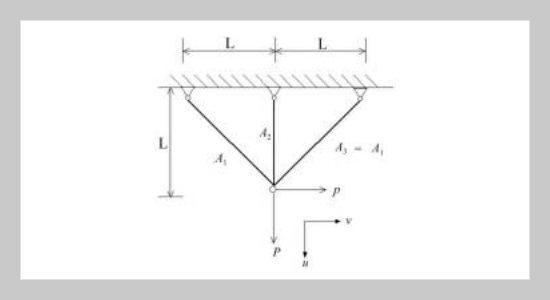C. J. Shih1 and H. W. Lee This email address is being protected from spambots. You need JavaScript enabled to view it.1 1Department of Mechanical and Electro-Mechanical Engineering Tamkang University, Tamsui, Taiwan 251, R.O.C
Received:
January 12, 2004
Accepted:
March 8, 2004
Publication Date:
September 1, 2004
Download Citation:
||https://doi.org/10.6180/jase.2004.7.3.10
Two single level-cut approaches of the first and second kind for obtaining the unique compromise design in solving nonlinear optimum engineering design problems with fuzzy resources have been developed and presented in this paper. The conventional standard level-cuts method has been discussed for inspiring the proposed novel formulation consequently. The proposed strategies with the illustrative design examples indicate that the unique design as well as corresponding optimum level-cut value can be guaranteed obtained. Additionally, two wide-applicable linear or nonlinear membership functions of objective functions are presented depending on the practical situations of design tasks. The proposed level-cut approaches have been shown easy formulation and successfully employed to large-scaled structural design problems by sequential quadratic programming (SQP) technique combined with the finite element analysis.ABSTRACT
Keywords:
Level-cut Approach, Fuzzy Nonlinear Optimization, Engineering Design, Structural Optimization.
REFERENCES
















